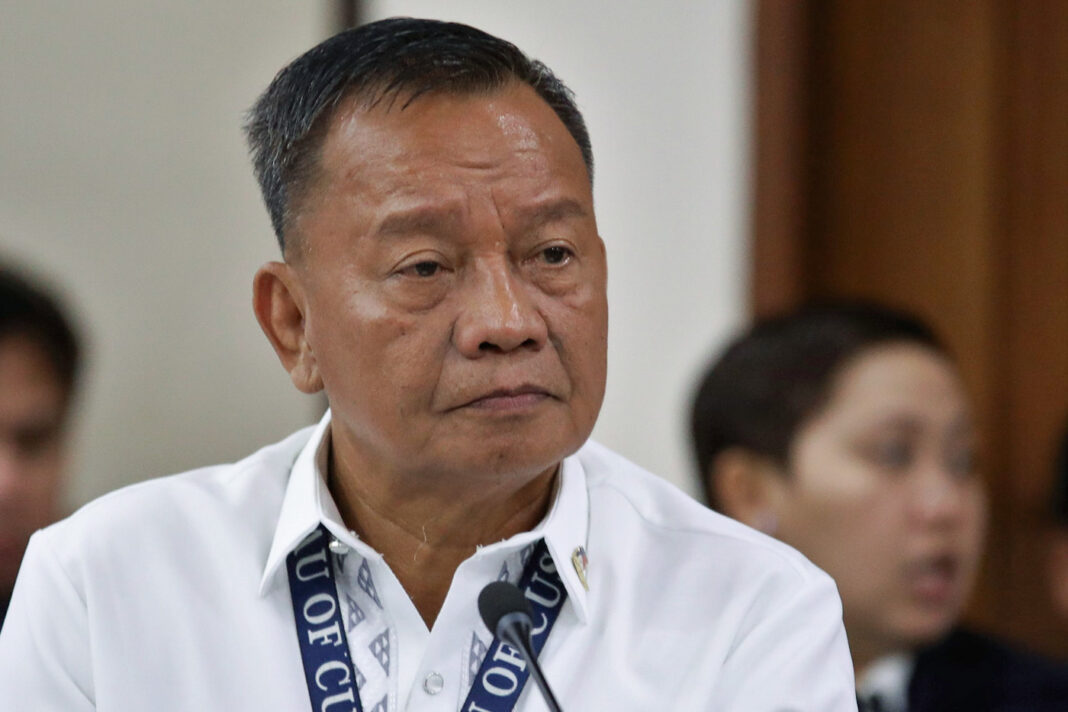By: Julie M. Aurelio – Reporter/Philippine Daily Inquirer /September 25, 2021
MANILA, Philippines — Imagine the notoriously slow Tesda (or the Technical Education and Skills Development Authority) spending billions in less than two weeks.
Despite its historically low utilization of its budget, Tesda has “miraculously” done exactly that: obligating P4 billion in scholarship funds in 13 days — and alarming House Deputy Minority Leader and Marikina Rep. Stella Luz Quimbo.
At the House’s plenary deliberations on Friday, Quimbo expressed doubt that the agency could spend its proposed P13.64-billion funding for next year given its past low-efficiency spending.
“The historical data on the budget would show that the efficiency spending levels are really very low .… It’s doubtful if they can really absorb such a huge amount, considering that historically, it takes Tesda almost two years to execute a budget,” she said.
Quimbo moved to defer deliberations on the agency’s proposed budget, a motion with which House Deputy Speaker and Pampanga Rep. Juan Pablo Bondoc agreed.
“We join the minority, particularly in the alarm regarding the spending of Tesda … There are many questions to be answered,” Bondoc said
Tesda, led by its Director General Isidro Lapeña, is under the Department of Trade and Industry (DTI), which has a proposed budget of P23.701 billion for 2022.
As of Friday afternoon, the House plenary has terminated deliberations on the proposed budgets of the DTI, Commission on Human Rights, Office of the Ombudsman and Department of Foreign Affairs.
From P4.9B to P973M
Quimbo was posing questions to Zamboanga del Norte Rep. Romeo Jalosjos Jr., sponsor of Tesda’s budget, when she raised its low utilization rate in past years.
She asked Jalosjos about the unobligated balance of Tesda’s scholarship programs for 2021, noting that utilization rates were between 33 percent and 34 percent in 2019 and 2020.
Jalosjos said Tesda’s unobligated and undisbursed budget was P4.9 billion as of Sept. 10, based on a report submitted by its finance unit to the House. By Sept. 23, he said, the unobligated funds were at P973 million, per a report of Tesda’s management unit.
Quimbo was surprised that Tesda was able to spend P4 billion in less than two weeks. “These figures we are hearing are very surprising …. It seems there is a miracle in Tesda…” she said.
Citing Tesda’s utilization rates for 2019 and 2020, Quimbo said it took the agency “about 21 months to fully utilize an annual budget, and that is why I am very surprised that in the last 13 days, they were able to utilize P4 billion.”
Context
In 2019, Tesda had a P13.69-billion budget, of which P10.88 billion was spent over 21 months, from January 2019 to September 2020, due to the extension of its validity.
In 2020, Tesda’s allocation was P11.9 billion, of which P9.52 billion was spent over 21 months, again because the budget’s validity was extended.
“It takes Tesda that long, almost two years, to fully execute an annual budget. That’s the context of my surprise over the big increase in budget utilization in the last 13 days,” Quimbo said.
She said that from June 30 to Sept. 10, Tesda was also able to utilize P3.4 billion, giving the impression that it was trying to “catch up” with its fund use.
Jalosjos explained that the Sept. 10 and Sept. 23 data were submitted to the House by two different offices in Tesda.
“It looks like a miracle happened with the difference of P4 billion, but the explanation of Tesda is that the Sept. 10 submission is based on the actual finance, but the actual utilization of management is higher than that submitted on Sept. 10,” he said.
As for the average 21 months that Tesda took to fully utilize its budget, Jalosjos cited the delayed passage of the national budget in 2019 and the COVID-19 pandemic in 2020 as the affecting factors.
Fund transfers
But Quimbo also raised Tesda’s transfer of more than P2 billion to the Philippine International Trading Corp. (PITC) in 2019 for the procurement of toolkits for its scholars, as cited by the Commission on Audit (COA) in its 2020 report on Tesda. She raised as well the P5.21-billion transfer by Tesda’s regional offices to operating units in 2020 for the implementation of scholarship programs, which the COA said was meant to avoid the lapsing of the notice of cash allocation.
“We are looking at the tendency of agencies who may be having difficulty in fund utilization, to download the funds to a third party like the PITC and let the PITC have the responsibility to spend those funds,” Quimbo said.
Jalosjos said that in 2020 and 2021, Tesda no longer transferred funds to the PITC and assumed its own procurement.
‘Poor utilization’
It was not the first time that Tesda’s budget proposal for 2022 was disapproved.
The House appropriations committee also did so earlier this month, citing Tesda’s “poor utilization” of and “questionable practices” in its budget.
House Minority Leader and Abang Lingkod Rep. Joseph Stephen Paduano pointed out that Tesda’s budget rose “significantly” from 2017 to 2020 despite “poor utilization” of its funds, which, he said, indicated “poor planning and poor implementation.”
He also questioned the P160-million fund transfer from Tesda’s central office to regional offices to implement activities of the National Task Force to End Local Communist Armed Conflict, even without proper authority or legal basis to do so.
READ ALSO:




